In this article we look at the different types of salt available from around the world, their uses and benefits. Each one differs in taste, texture, mineral and sodium content, and carry their own unique healing properties.
Table Salt
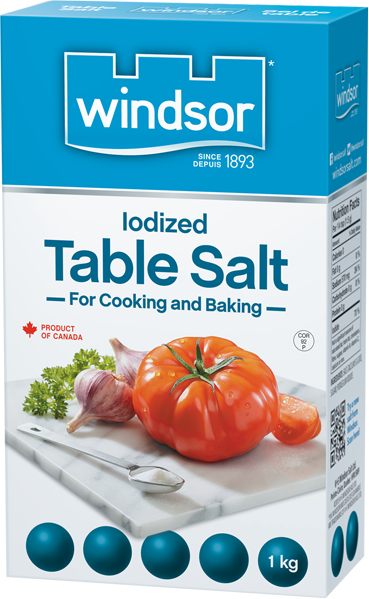
Iodized Table Salt
Also known as Iodized Table Salt, this is the regular table salt we use in our everyday cooking and baking. It’s highly refined, meaning any trace elements or impurities are removed, leaving pure sodium chloride salt crystals. Sodium chloride consists of the 2 trace elements, sodium, and chlorine (both are elements that the body needs).
The only exception is the addition of the trace element Iodine. In the early 1920s there was an epidemic spread of a physical condition known as goiter — an enlargement of the thyroid gland, or hypothyroidism. To remedy this problem, federal governments in the US and Canada mandated the addition of iodine to table salt. It worked like a charm.
We’ve had iodized table salt on our grocery shelves ever since.
Sea Salt
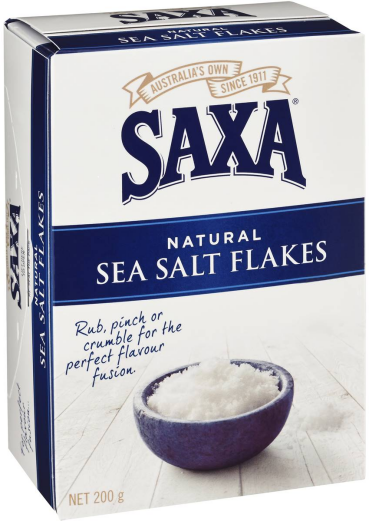
Sea Salt
Sea salt is made by evaporating seawater.
Like table salt, it is mostly just sodium chloride. However, depending on its source and how it was processed, it usually contains various trace minerals like potassium, iron and zinc.
The darker the sea salt, the higher its concentration of impurities and trace nutrients. However, due to ocean pollution, sea salt can also harbor trace amounts of heavy metals, like lead. Sea salt also contains trace amounts of microplastics — the microscopic residue of plastic waste.
Unlike regular table salt, sea salt is often coarse, as it’s less ground. If you sprinkle it on your food after cooking, it may have a different mouthfeel and cause a more potent flavor burst than regular table salt.
Epsom Salt
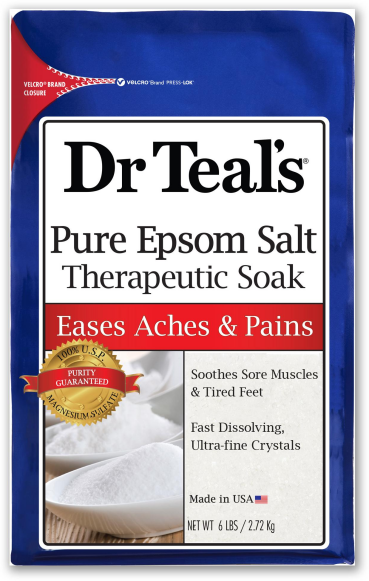
Epsom Salt
Epsom salt was first found in the waters of a town named Epsom, England. There are records of people taking advantage of its natural properties as early as the 1600s. It was once the most popular medicinal remedy in England.
The chemical name is magnesium sulphate, and contains trace amounts of magnesium and sulfur.
It is commonly used as a bath salt for it’s healing and rejuvenating properties. Besides soothing sore muscles, Epsom salt can also be used as a beauty product — as a scrub to exfoliate the skin.
Dead Sea Salt
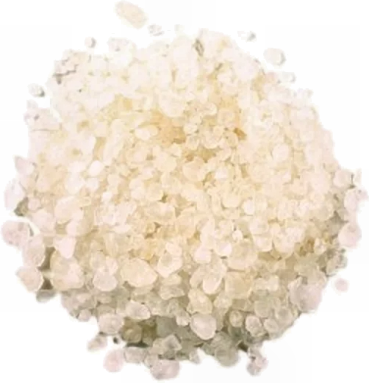
Dead Sea Salt
The Dead Sea is renowned worldwide for it’s “healing waters”, and is a popular destination for those seeking its therapeutic benefits to help soften and soothe dry skin conditions like Eczema and Psoriasis.
Dead Sea salt is rich in minerals, which have a range of benefits for your skin, and for detoxifying your body and reducing inflammation. These include magnesium, calcium, sodium, zinc, potassium, and sulfur.
Pink Himalayan Salt
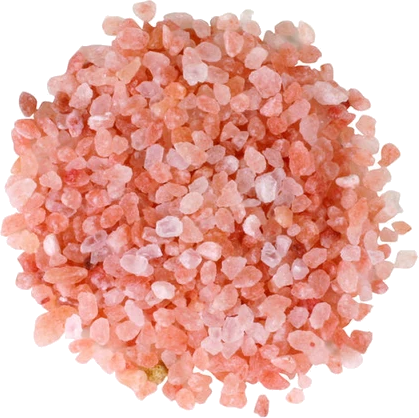
Pink Himalayan Salt
Pink Himalayan salt is the purest form of salt in the world, and is harvested from the Punjab region of Pakistan, mainly from the Khewra Salt Mine. Its color ranges from off-white to deep pink, and it contains the 84 natural minerals and elements found in the human body.
Himalayan salt is used in spa treatments, as well as in the kitchen as a cooking and finishing salt. Due to it’s relatively high mineral content, it’s flavor is smoother, and not as “sharp” as regular table salt.
Slabs of pink Himalayan salt are used for cooking and serving (Himalayan salt retains temperature for long periods of time), and unfinished pieces are often converted into lamps of various shapes and sizes.
Celtic Sea Salt
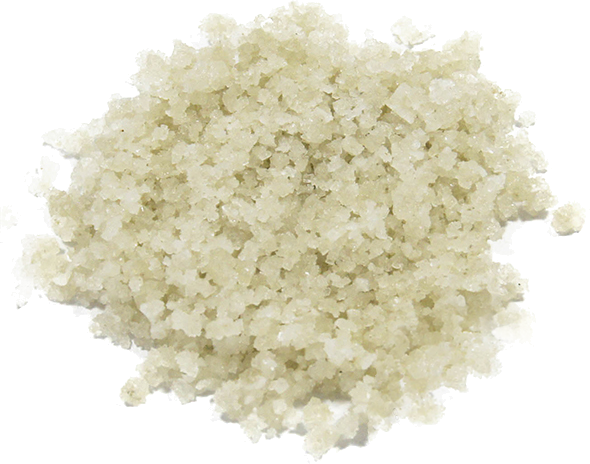
Celtic Sea Salt
Also known as sel gris (which is French for “grey salt”), Celtic sea salt is harvested from the bottom of tidal ponds in the estuaries near the town of Guérande in France.
The salt crystals are raked out after sinking, and contain a relatively high moisture content (15%, compared to regular table salt, which is less than 1%) as well as a relatively high mineral content which includes trace amounts of sulfur, magnesium, potassium, bicarbonate, bromide, borate, strontium, fluoride, calcium, iron, manganese, and zinc. This gives Celtic salt its moist, chunky grains, grey hue and briny taste.
It’s great on fish and meat as both a cooking and finishing salt, and it’s great for baking as well.
Fleur de Sel
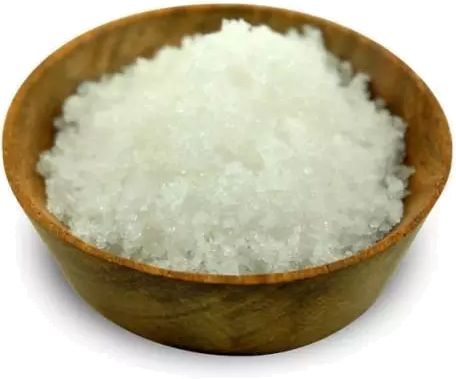
Fleur de Sel
Fleur de Sel is the French name of “flower of salt” (also known as Fiore di Cervia in Italian). Fleur de sel is a sea salt harvested by hand from tidal pools off the coast of Brittany, France. Paper-thin salt crystals are delicately scraped from the water’s surface using traditional wooden rakes, much like cream is drawn from milk. This can only be done on warm, sunny days with a slight breeze and low humidity. Because of its scarcity and labor-intensive processing, fleur de sel is one of the most expensive salts (five pounds will run you a cool $80), earning it the nickname “the caviar of salts.”
It retains moisture, and has blue-grey tint due to its high mineral content. If you can afford it, use fleur de sel as a finishing salt to add an impressive dash of flavor to meat, fish, vegetables, and even sweets like chocolate and caramel.
Kala Namak
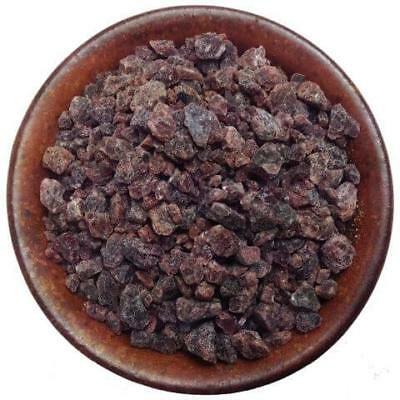
Kala Namak
Kala Namak (“black salt” in Hindi), also known as Black Himalayan Salt, is Himalayan salt that’s been infused with charcoal, herbs, seeds and bark, then fired in a furnace for 24 hours before it’s cooled, stored and aged.
This process gives kala namak its reddish-black color and its pungent taste with a faint, sulfurous aroma. It’s often used in vegan and vegetarian dishes to give egg-free dishes the taste of eggs. It’s also commonly used in Ayurvedic medicine.
Kosher Salt
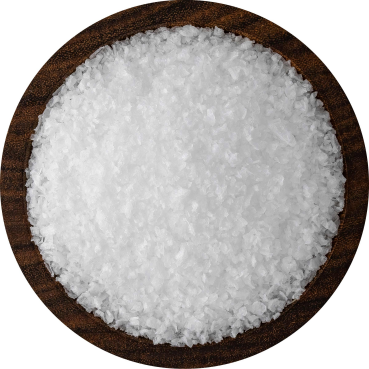
Kosher Salt
Kosher salt is flakier and coarser-grained than regular table salt, and is therefore ideal for drawing out moisture from meat, making it perfect for use in the koshering process. Its large grain size makes it perfect for sprinkling on top of meat, where it releases a pungent burst of flavor.
Most kosher salt does not contain any added iodine, and only rarely any anti-caking agents (as found in regular table salt). Despite the name, all kosher salt is not certified kosher. Rather, it’s used in the koshering process (preparing foods such as meats according to the Jewish tradition).
Flake Salt
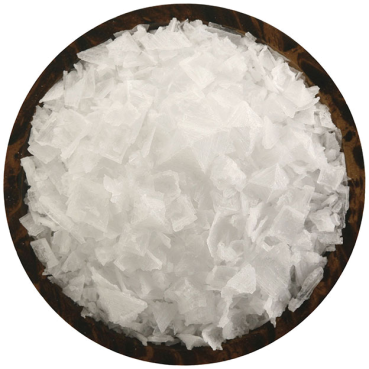
Flake Salt
Flake Salt is basically sea salt that’s been turned into flakes (as opposed to grains or cubed crystals).
The large flaky crystals give it a beautiful look and crispy, crunchy texture. The light, airy flakes dissolve quickly, and create a burst of salty flavour.
Flake Salt works great as a finishing salt. Use it on a grilled steak, or as a topping on chocolate chip cookies.
Black Hawaiian Salt
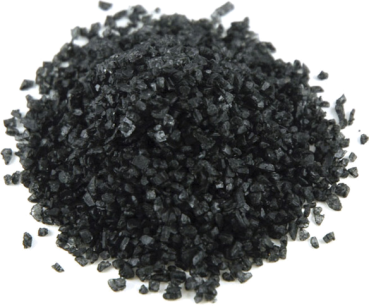
Black Hawaiian Salt
Also known as black lava salt, black Hawaiian salt comes from the volcanic islands of Hawaii and is a blend of sea salt and purified volcanic charcoal (also known as activated charcoal).
This salt is evaporated in above ground pools that formed naturally from the flow of lava.
Its striking black color and smoky flavour make it a great finishing salt for any dish. Great on salads, meats, and seafood.
Cyprus Black Lava Salt
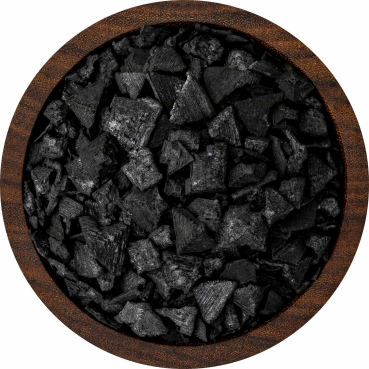
Cyprus Black Lava Salt
Also known as Mediterranean Flake Salt, Cyprus Black Lava Salt is similar to Black Hawaiian Salt in that it is processed from black volcanic charcoal, except it comes from the island of Cyprus in the Mediterranean Sea.
Bonded with activated charcoal, it consists of large pyramid shaped jet black crystals.
Imparting a subtle earthy flavour to your food, it acts as a detoxifying agent. Use it as a finishing salt for meat, fish and salads.
Red Hawaiian Salt
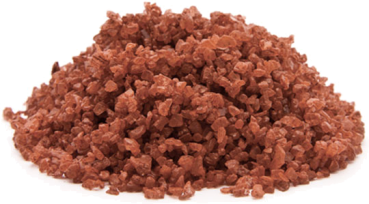
Red Hawaiian Salt
Also known as Alaea salt, Red Hawaiian salt is an unrefined sea salt that gets its brick-red color from a Hawaiian volcanic clay called ‘alaea’, which is composed of over 80 minerals, and is rich in iron oxide.
Red Hawaiian salt has been traditionally used by Hawaiians for centuries to cleanse, purify and bless tools, canoes, homes and temples. It’s also used in traditional dishes such as kalua pig, poke, and pipikaula (Hawaiian jerky).
Use it to add an attractive finish and robust flavor to seafood and meat.
Smoked Salt
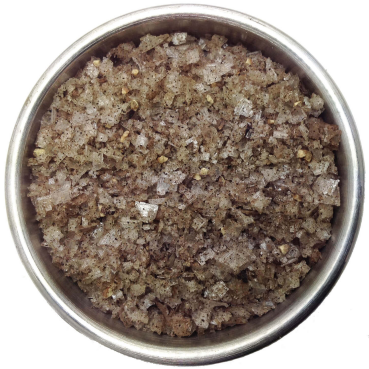
Smoked Salt
Smoked Salt is an aromatic salt which is smoked anywhere from 1 hour up to 14 days, with any number of bark-free woods. The smoking process infuses a smokiness as well as specific flavour into your salt. Popular smoked salt choices are alder, apple wood, hickory, mesquite, and oak.
It’s a great salt to use in order to enhance the flavour of vegetarian dishes, where it can act as a substitute for bacon crumble.
Be aware that smoked salt is not the same as smoke flavoured salt, which is not classified as a natural salt, and contains smoke flavoured additives.
Pickling Salt
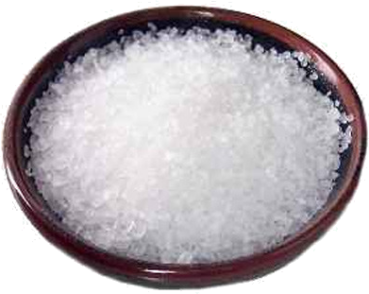
Pickling Salt
Pickling salt, sometimes called canning salt or preserving salt, is pure granulated salt (sodium chloride), and is used mainly for canning and manufacturing pickles.
Pickling salt does not contain any minerals or additives like iodine, which can make pickles dark, or anti-caking ingredients, which can turn pickling liquid cloudy.
We hope you found the information above useful. Leave a comment below, or contact us if you have any further questions.
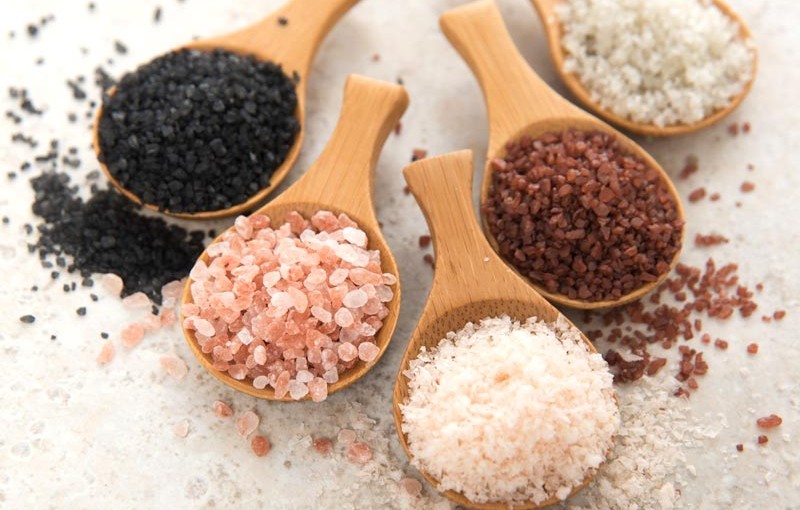
Thank you so much. I love salt and don’t care what anyone says. It adds flavor to food and I refuse to do without it. I recently purchased a kilo of Himalayan pink for only one dollar! What a bargain.
Great article! thank you!